Home>Furniture & Design>Outdoor Furniture>How To Paint Outdoor Fabric
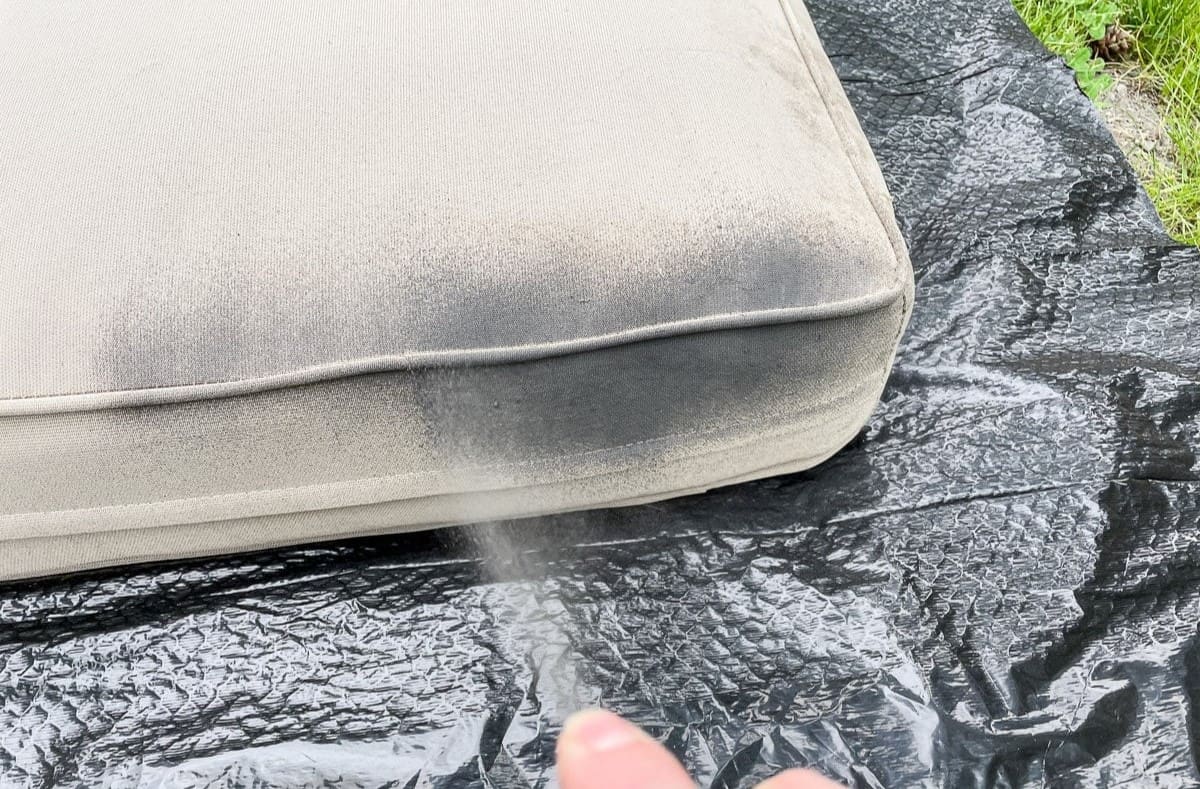

Outdoor Furniture
How To Paint Outdoor Fabric
Modified: March 22, 2024
Learn how to paint outdoor fabric to give your outdoor furniture a fresh new look. Follow our step-by-step guide for outdoor furniture design.
(Many of the links in this article redirect to a specific reviewed product. Your purchase of these products through affiliate links helps to generate commission for Storables.com, at no extra cost. Learn more)
Introduction
When it comes to outdoor furniture, fabric plays a crucial role in both functionality and aesthetics. However, over time, exposure to the elements can cause the fabric to fade or become worn, detracting from the overall appeal of your outdoor space. The good news is that with the right approach, you can breathe new life into your outdoor fabric by giving it a fresh coat of paint. Whether you want to revitalize an old patio set or add a pop of color to your outdoor cushions, painting outdoor fabric can be a cost-effective and creative way to transform your outdoor living area.
In this comprehensive guide, we will explore the ins and outs of painting outdoor fabric, from choosing the right fabric paint to applying and sealing the paint for long-lasting results. Additionally, we will provide valuable tips for maintaining painted outdoor fabric, ensuring that your outdoor oasis remains vibrant and inviting for years to come. So, roll up your sleeves and get ready to unleash your creativity as we delve into the exciting world of painting outdoor fabric.
Key Takeaways:
- Revitalize outdoor fabric with a fresh coat of paint to transform your outdoor space. Choose durable, compatible fabric paint and follow proper preparation, application, and maintenance for vibrant, long-lasting results.
- Maintain painted outdoor fabric by regular cleaning, avoiding harsh chemicals, and protecting from the elements. Periodically inspect for wear, reapply sealer, and store cushions indoors for extended durability and visual appeal.
Read more: How To Paint Outdoor Fabric Cushions
Choosing the Right Fabric Paint
Before embarking on your outdoor fabric painting project, it’s essential to select the right type of fabric paint to achieve optimal results. When choosing fabric paint for outdoor use, consider the following factors:
- Durability: Opt for fabric paint specifically designed for outdoor applications. Look for paint that is fade-resistant, water-resistant, and formulated to withstand exposure to sunlight and harsh weather conditions.
- Compatibility: Ensure that the fabric paint is suitable for the type of fabric you plan to paint. Different paints are formulated for specific fabric materials, such as canvas, polyester, or outdoor upholstery fabric. Read the product label or manufacturer’s guidelines to confirm compatibility.
- Color Options: Explore a wide range of color options to find the perfect shade that complements your outdoor decor. Many fabric paint brands offer an extensive palette, allowing you to unleash your creativity and personalize your outdoor furniture and accessories.
- Application Method: Consider the application method that best suits your project. Fabric paints are available in various forms, including spray paint, brush-on paint, and fabric markers. Choose a paint type that aligns with your painting technique and the intricacy of the design.
- Environmental Impact: If sustainability is a priority, seek out eco-friendly fabric paints that minimize environmental impact. Look for water-based, non-toxic paints that are safe for outdoor use and eco-conscious.
By carefully considering these factors, you can select a fabric paint that meets your specific needs and ensures a successful outdoor fabric painting experience. Remember that investing in high-quality fabric paint sets the foundation for a vibrant and long-lasting transformation of your outdoor fabric.
Preparing the Fabric for Painting
Properly preparing the fabric before applying paint is crucial for achieving a flawless and durable finish. Follow these essential steps to ensure that your outdoor fabric is primed and ready for painting:
- Clean the Fabric: Thoroughly clean the fabric to remove dirt, dust, and any residues that could interfere with the paint adhesion. Depending on the fabric type, use a mild detergent and water to hand wash or spot clean the fabric. Allow it to dry completely before proceeding to the next step.
- Test for Absorbency: Before applying the paint, conduct a simple absorbency test by sprinkling a few drops of water onto the fabric. If the water beads up and does not absorb, the fabric may have a water-resistant coating. In such cases, lightly sand the fabric to enhance paint adhesion.
- Protect Surrounding Areas: If painting a large fabric surface, such as a patio umbrella or awning, ensure that nearby surfaces and objects are adequately protected from overspray or accidental paint splatter. Use drop cloths, plastic sheeting, or masking tape to safeguard surrounding areas.
- Smooth the Fabric: If the fabric has wrinkles or creases, iron it on a low heat setting to create a smooth and even surface for painting. Properly stretched and wrinkle-free fabric facilitates precise paint application and professional-looking results.
- Mask Off Design Elements: If your fabric features specific design elements or patterns that you want to preserve, use painter’s tape or stencils to mask off these areas. This step ensures that the original design remains intact while allowing you to refresh the surrounding areas with new paint.
By diligently preparing the fabric, you set the stage for a successful painting process and enhance the adhesion and longevity of the fabric paint. Taking the time to prepare the fabric pays off in the form of a stunning and enduring transformation of your outdoor fabric.
Applying the Paint
Now that the fabric is primed and ready, it’s time to bring your outdoor fabric to life with a fresh coat of paint. Follow these steps for a smooth and effective application:
- Choose the Right Conditions: Select a day with mild weather conditions for painting. Avoid extremely hot or windy days, as they can affect the drying time and application of the paint. A calm, overcast day is ideal for achieving optimal results.
- Shake and Stir the Paint: If using spray paint or liquid fabric paint, thoroughly shake or stir the paint according to the manufacturer’s instructions. This ensures that the pigment is evenly distributed and ready for smooth application.
- Test the Paint: Before applying the paint to the entire fabric surface, perform a small test in an inconspicuous area to assess the color accuracy and adhesion. This step allows you to make any necessary adjustments before committing to the full application.
- Apply Thin, Even Coats: Whether using a brush, roller, or spray paint, apply the fabric paint in thin, even coats to prevent drips and ensure uniform coverage. Start with a light layer and gradually build up the color, allowing each coat to dry according to the manufacturer’s recommendations.
- Vary the Direction: When using a brush or roller, vary the direction of each stroke to promote even distribution of the paint and prevent the formation of noticeable brush marks. For spray paint, maintain a consistent distance from the fabric to achieve a smooth and consistent finish.
- Allow for Proper Drying Time: After applying the paint, allow the fabric to dry completely before adding additional coats or exposing it to outdoor elements. Adequate drying time is essential for the paint to adhere and cure effectively.
By following these steps, you can achieve a professional-quality application of fabric paint, breathing new life and vibrant color into your outdoor fabric. Whether you’re updating patio cushions, outdoor curtains, or a fabric hammock, the application process sets the stage for a stunning transformation of your outdoor living space.
When painting outdoor fabric, make sure to clean the fabric thoroughly and use a fabric-specific paint or fabric medium to ensure the paint adheres well and withstands outdoor elements.
Curing and Sealing the Paint
After applying the fabric paint, it’s essential to properly cure and seal the paint to enhance its durability and resistance to outdoor elements. Follow these crucial steps to ensure that the paint adheres and withstands the rigors of outdoor use:
- Allow for Curing Time: Once the final coat of paint is applied, allow the fabric to cure for the recommended duration specified by the fabric paint manufacturer. Curing time typically ranges from 24 to 72 hours, during which the paint fully bonds with the fabric fibers.
- Heat-Set the Paint (Optional): To further enhance the paint’s durability, consider heat-setting the fabric according to the manufacturer’s instructions. This typically involves using an iron or a clothes dryer to heat the painted fabric, effectively setting the paint and promoting long-lasting adhesion.
- Apply Fabric Sealer (Optional): For added protection against moisture, UV rays, and general wear, consider applying a fabric sealer or clear topcoat designed for outdoor use. This additional layer of protection can extend the lifespan of the paint and safeguard it from fading or weather-related damage.
- Follow Maintenance Guidelines: After curing and sealing the paint, adhere to the maintenance guidelines provided by the fabric paint manufacturer. This may include recommendations for cleaning, avoiding harsh chemicals, and periodic touch-ups to preserve the paint’s appearance and integrity.
By diligently following these steps, you can ensure that the fabric paint achieves maximum adhesion, longevity, and resistance to outdoor elements. Properly cured and sealed paint enhances the vibrancy and durability of your outdoor fabric, allowing you to enjoy a refreshed and inviting outdoor space for years to come.
Read more: How To Paint Fabric Blinds
Tips for Maintaining Painted Outdoor Fabric
Once you’ve transformed your outdoor fabric with a fresh coat of paint, it’s important to implement proper maintenance practices to preserve the paint’s appearance and longevity. Consider the following tips for maintaining painted outdoor fabric:
- Regular Cleaning: Keep your painted outdoor fabric looking its best by regularly cleaning it according to the manufacturer’s recommendations. Use a mild detergent and water to gently wash the fabric, removing dirt, pollen, and other debris that can accumulate over time.
- Avoid Harsh Chemicals: When cleaning painted outdoor fabric, steer clear of harsh chemicals, bleach, or abrasive cleaners that can compromise the paint’s integrity. Opt for gentle cleaning solutions that are safe for both the fabric and the painted surface.
- Protect from the Elements: Minimize prolonged exposure to direct sunlight, rain, and extreme weather conditions to prevent premature fading and deterioration of the paint. Consider using protective covers or storing outdoor fabric items during inclement weather.
- Inspect for Wear and Tear: Periodically inspect painted outdoor fabric for signs of wear, such as flaking or fading. Address any areas of concern promptly by performing touch-ups with matching fabric paint to maintain a seamless and vibrant appearance.
- Reapply Sealer as Needed: If you applied a fabric sealer or clear topcoat after painting, monitor its effectiveness and reapply it as recommended by the manufacturer. This additional layer of protection can bolster the paint’s resilience against the elements.
- Store Outdoor Cushions Indoors: During extended periods of non-use, consider storing painted outdoor cushions and pillows indoors or in a dry, sheltered area to safeguard them from unnecessary exposure to the elements.
By incorporating these maintenance tips into your outdoor fabric care routine, you can prolong the vibrancy and durability of the painted surfaces, ensuring that your outdoor oasis remains inviting and visually appealing for years to come.
Conclusion
Embarking on a journey to paint outdoor fabric opens up a world of creative possibilities, allowing you to breathe new life into your outdoor living space while expressing your unique style. By choosing the right fabric paint, diligently preparing the fabric, applying the paint with precision, and properly curing and sealing the painted surfaces, you can achieve stunning and long-lasting results. Whether you’re reviving patio furniture, outdoor cushions, or decorative fabric elements, the transformative power of fabric paint empowers you to personalize and elevate your outdoor decor.
Furthermore, by embracing essential maintenance practices, such as regular cleaning, protective measures, and proactive touch-ups, you can extend the lifespan of the painted fabric and preserve its vibrant appearance in the face of outdoor elements. With proper care and attention, your painted outdoor fabric will continue to enhance your outdoor sanctuary, providing comfort, style, and visual allure for seasons to come.
As you venture into the realm of painting outdoor fabric, remember that the process is not only a practical solution for refreshing worn or faded fabric but also a delightful form of self-expression and creativity. Embrace the opportunity to infuse your outdoor space with personality and charm, and revel in the satisfaction of witnessing your painted fabric breathe new life into your outdoor oasis.
So, gather your supplies, unleash your imagination, and embark on a colorful journey of outdoor fabric painting, knowing that each brushstroke or spray of paint brings you one step closer to a rejuvenated and captivating outdoor retreat.
Frequently Asked Questions about How To Paint Outdoor Fabric
Was this page helpful?
At Storables.com, we guarantee accurate and reliable information. Our content, validated by Expert Board Contributors, is crafted following stringent Editorial Policies. We're committed to providing you with well-researched, expert-backed insights for all your informational needs.
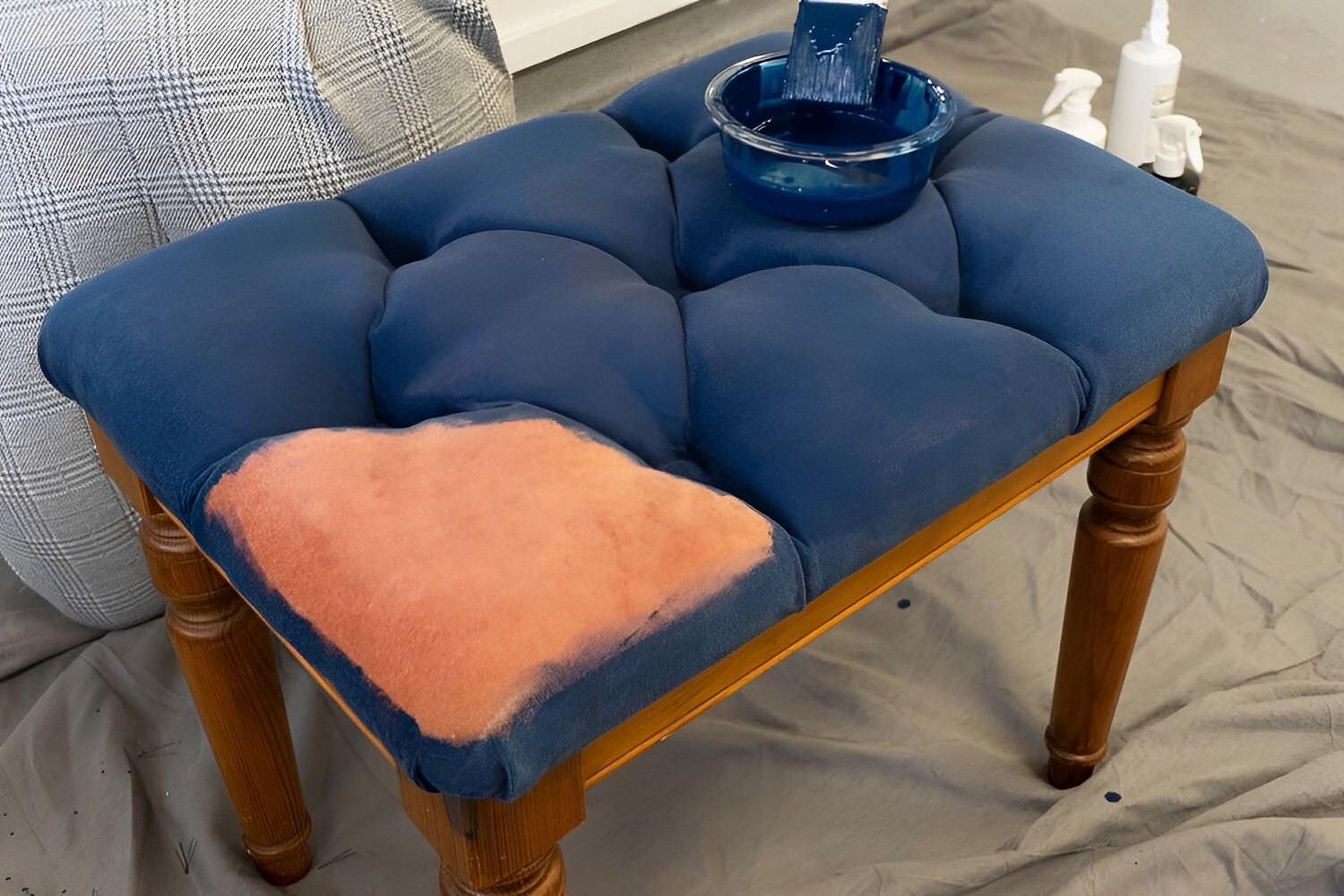


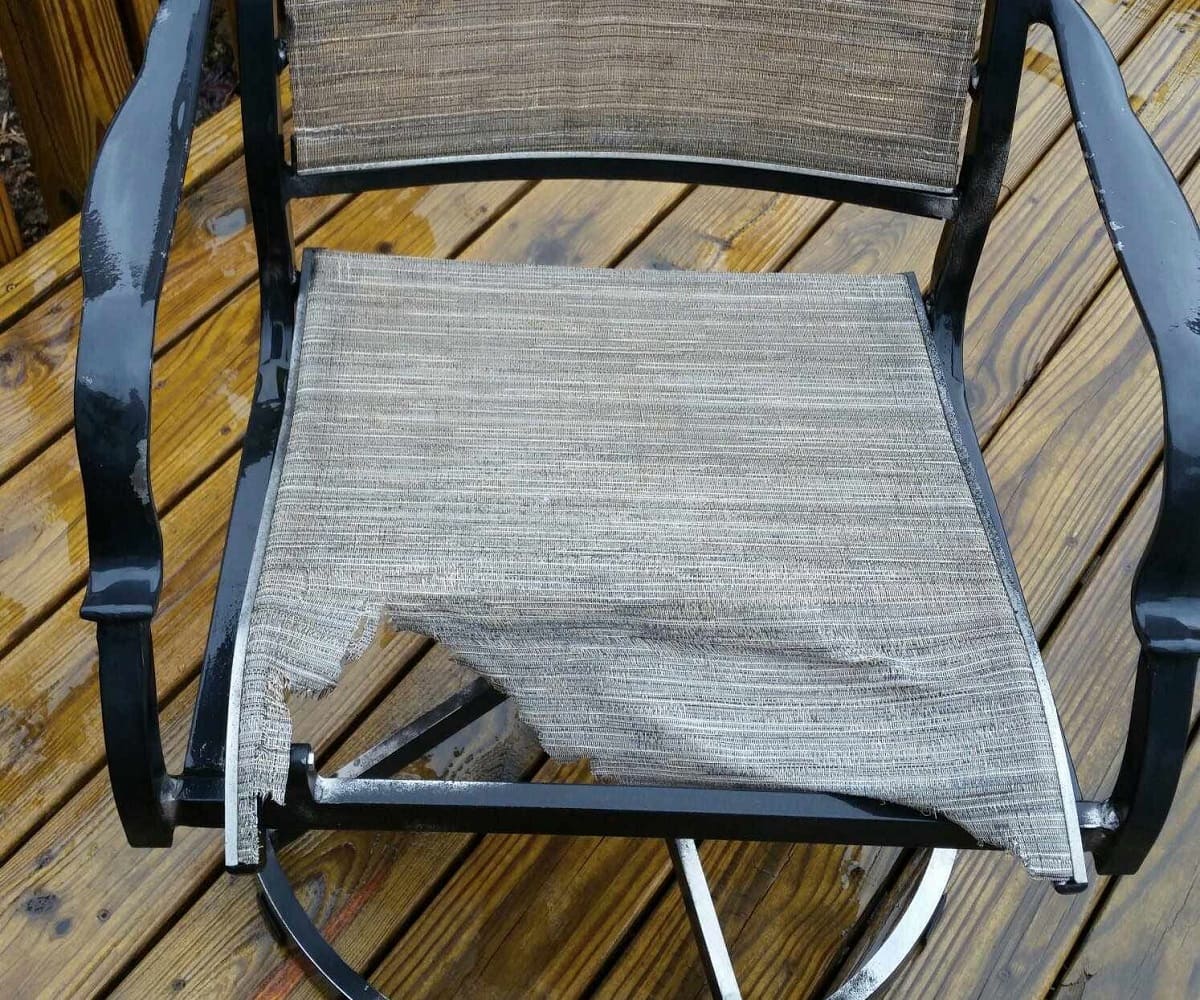
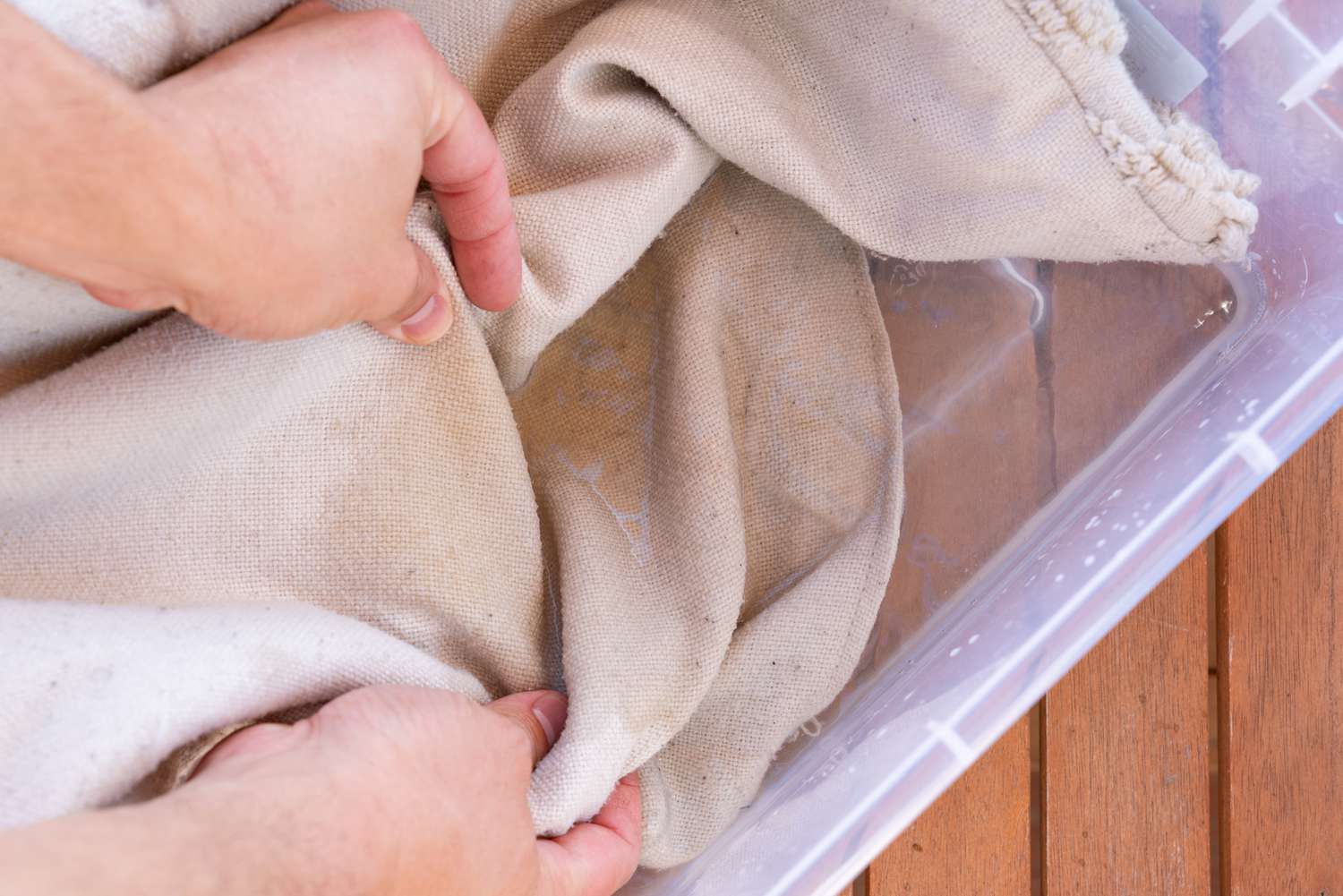
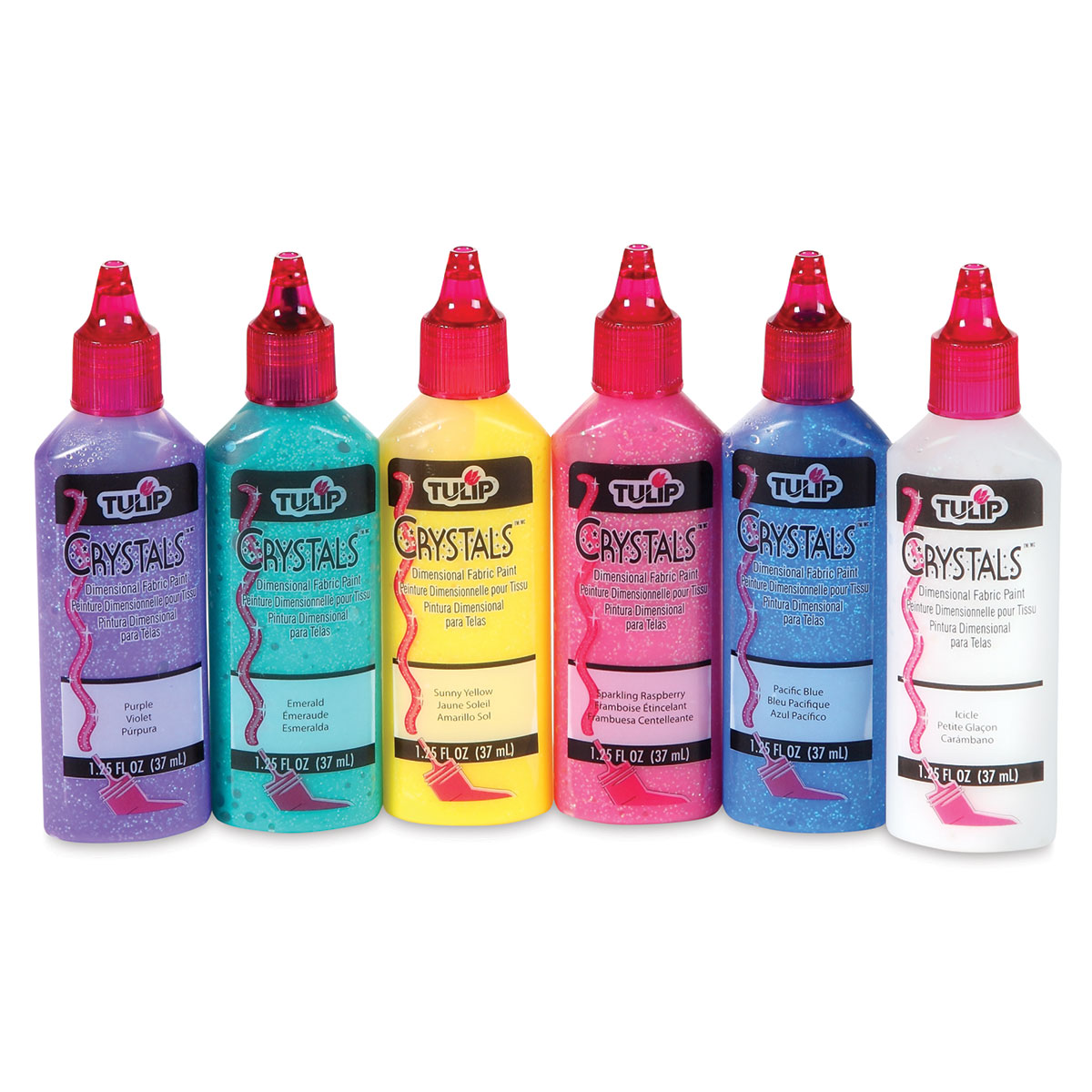

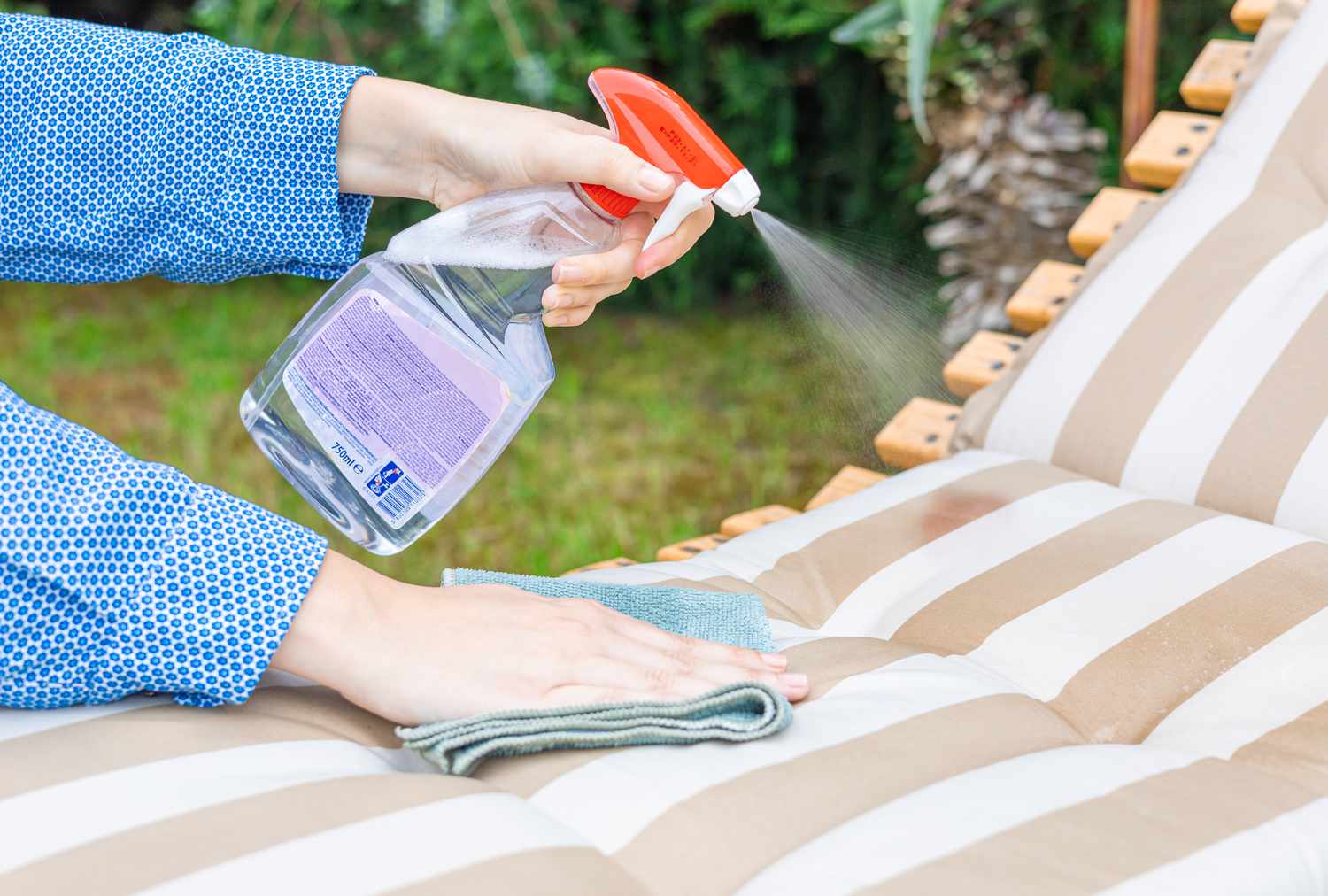
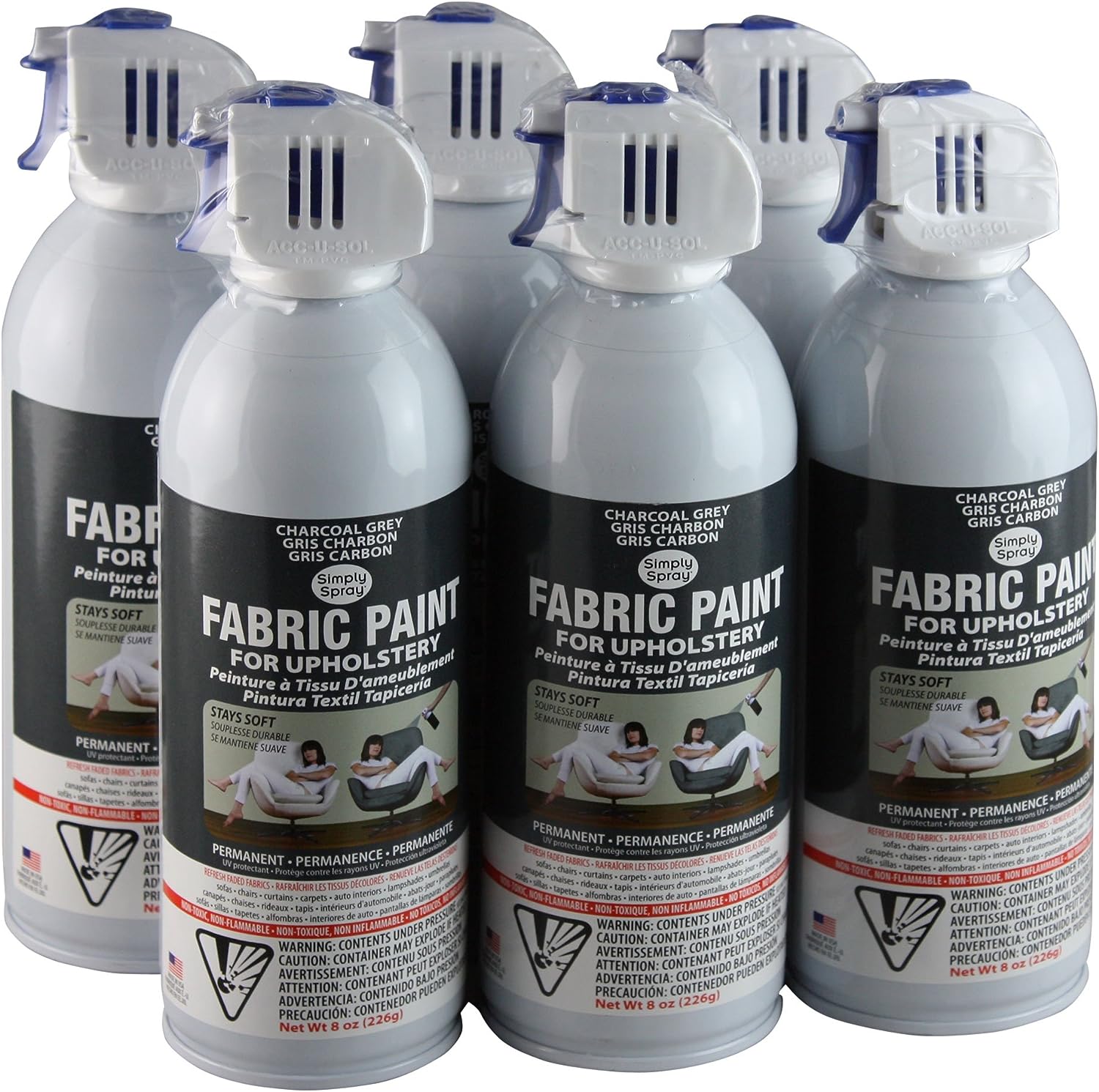
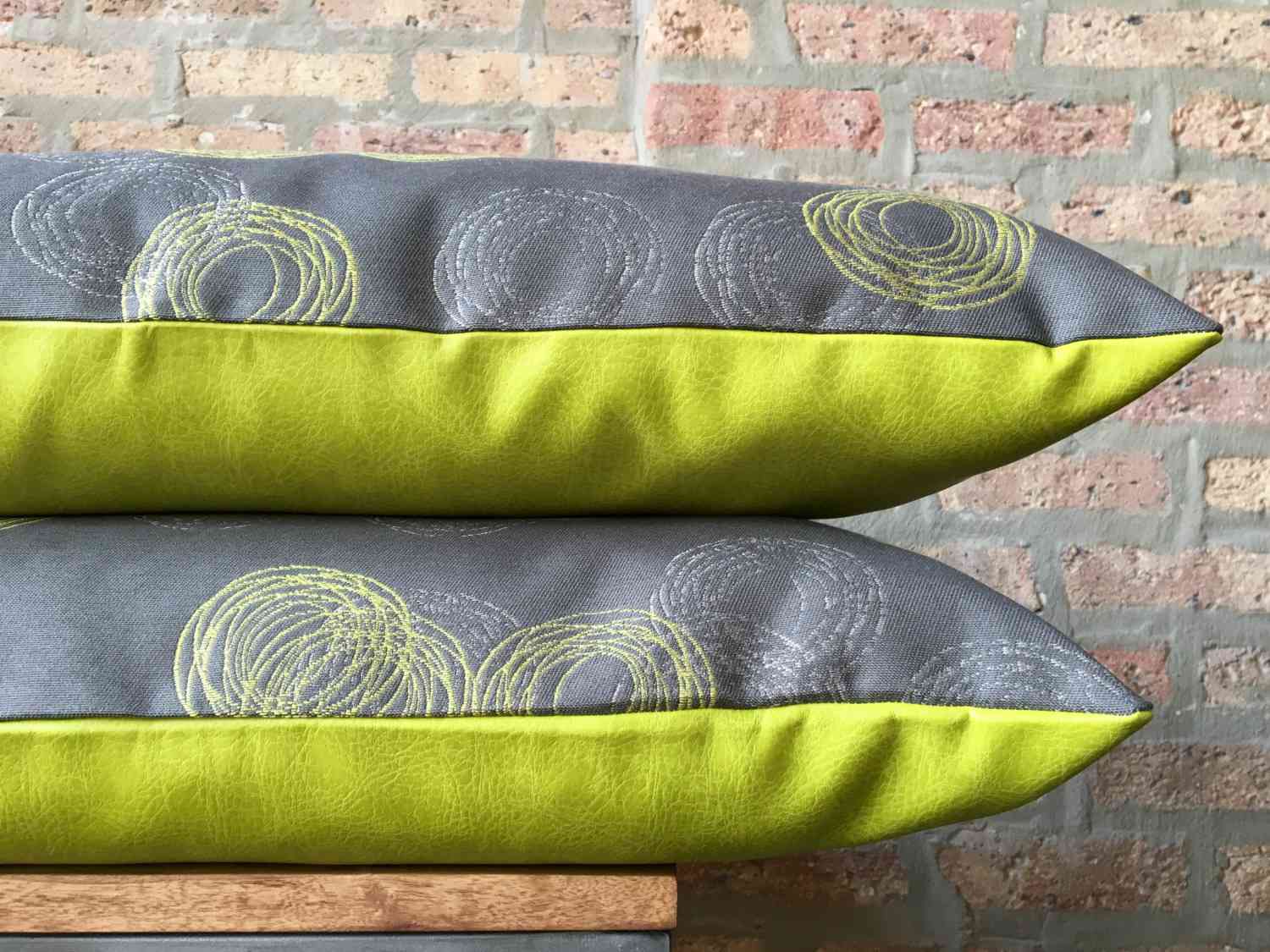
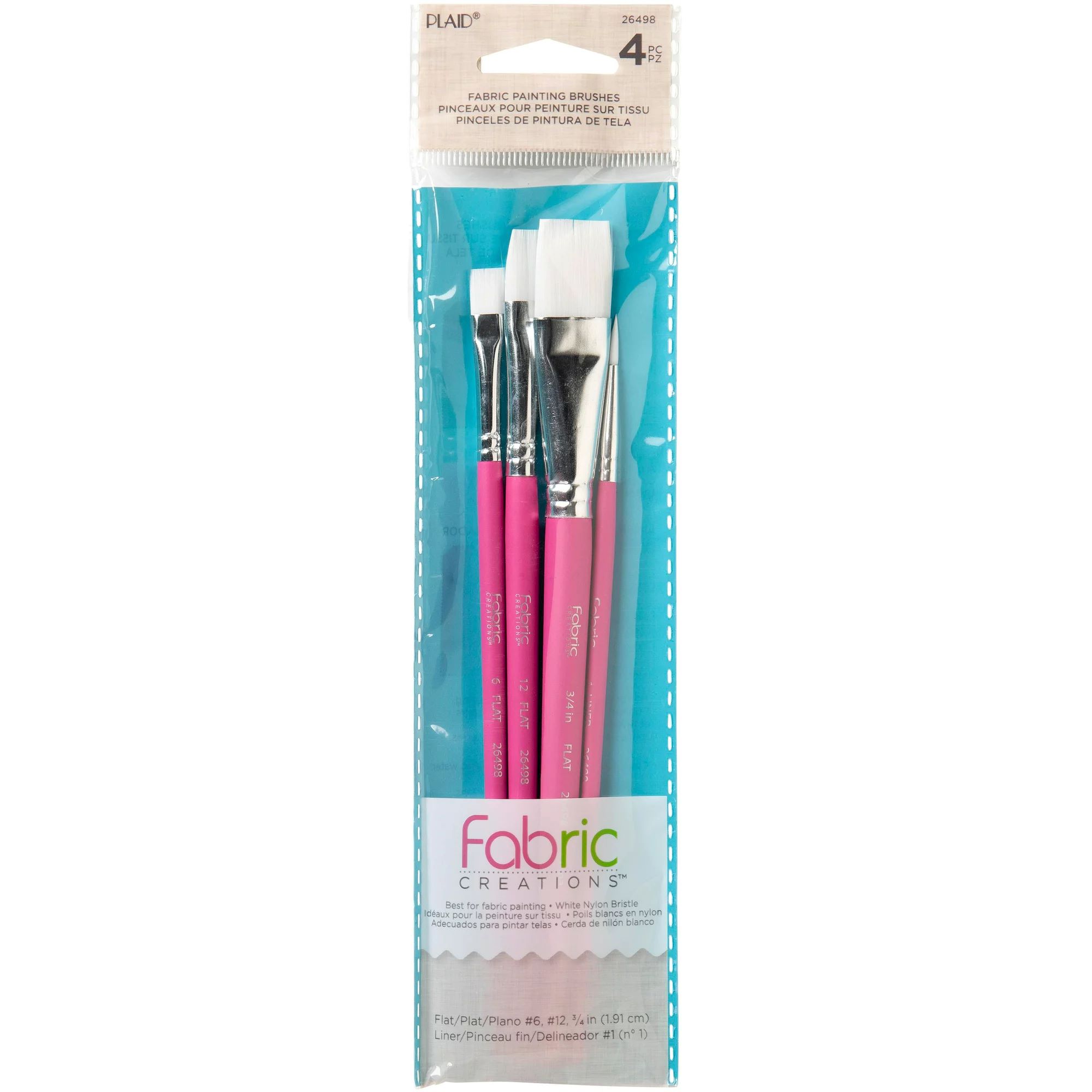

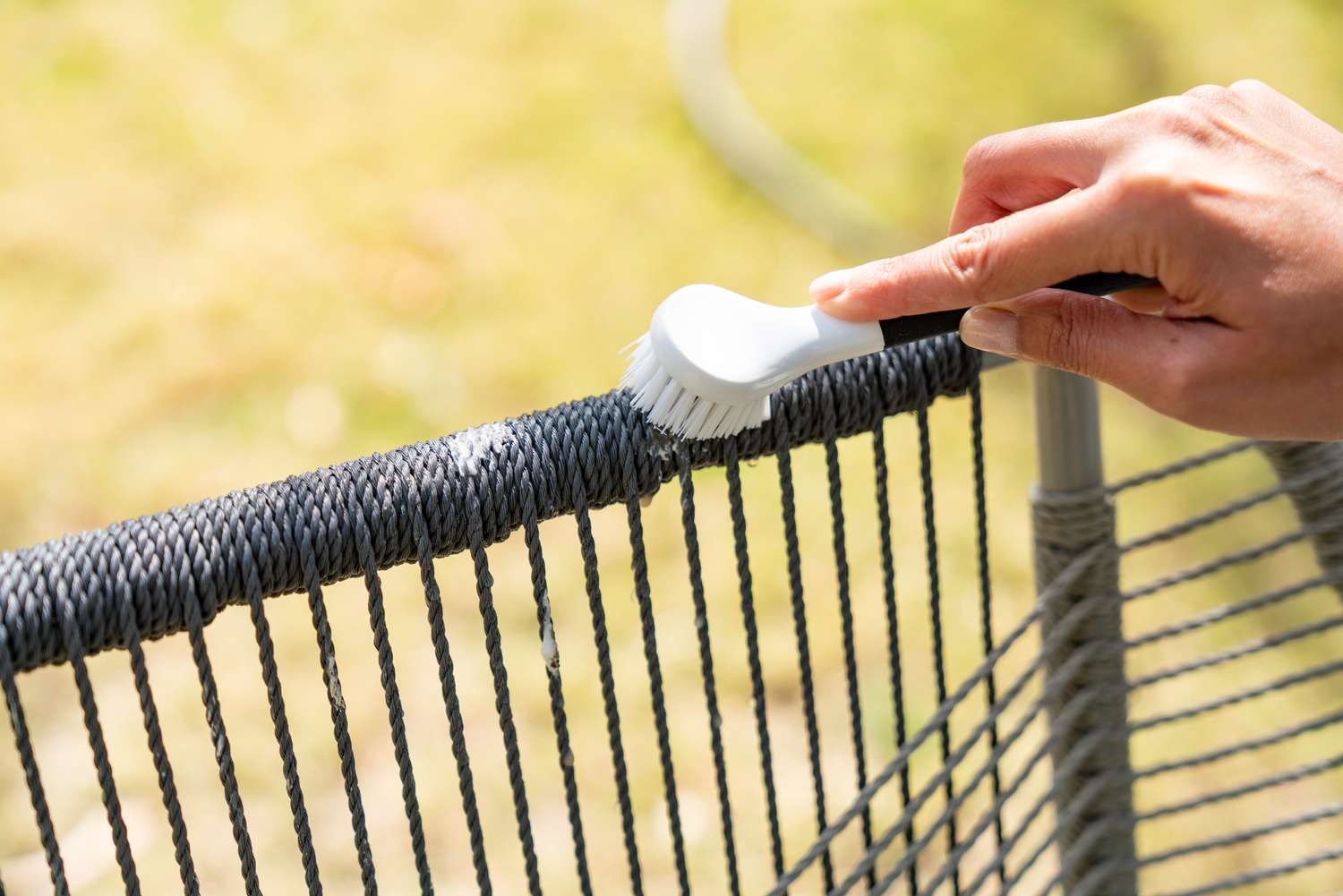
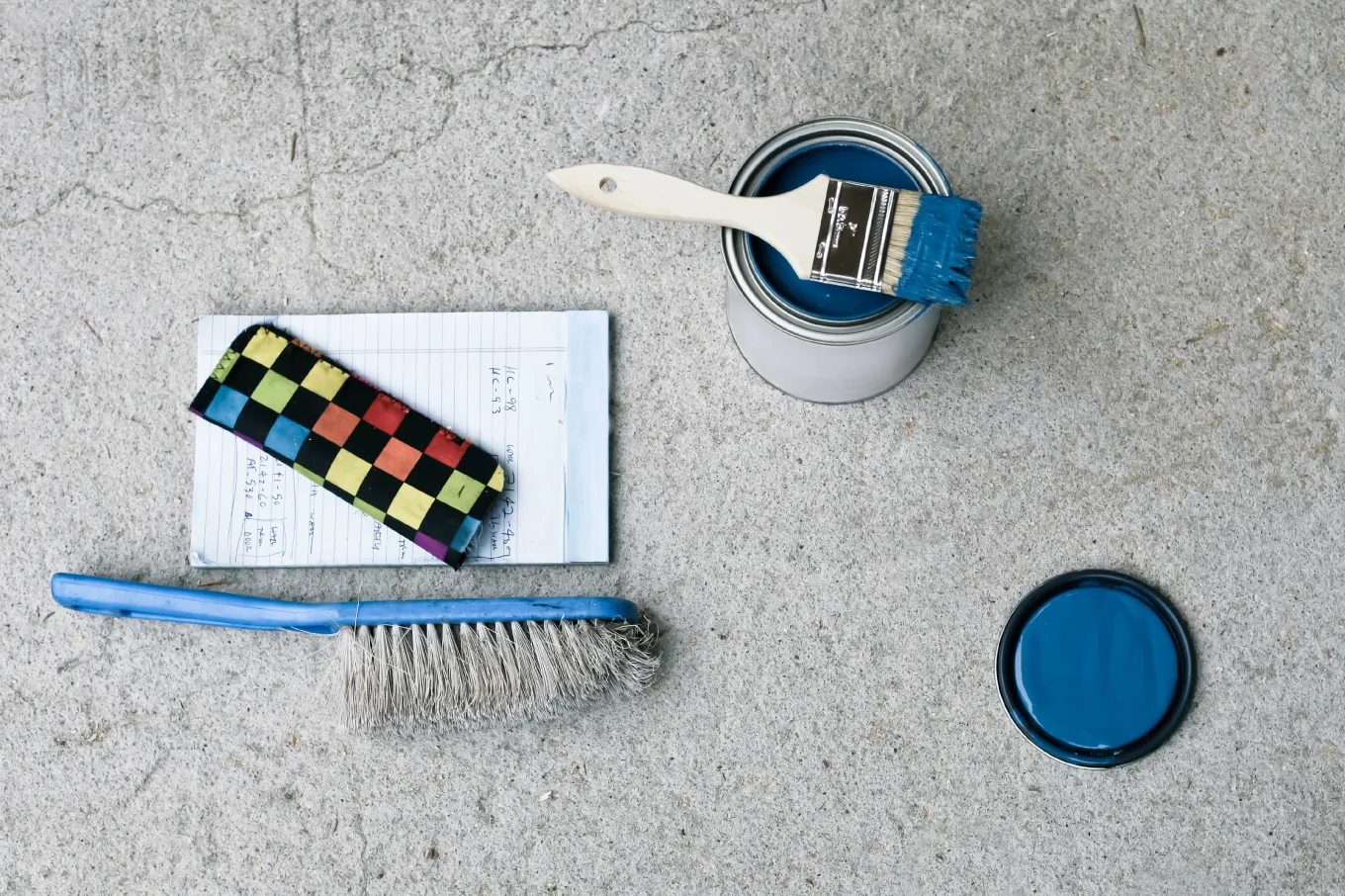

0 thoughts on “How To Paint Outdoor Fabric”